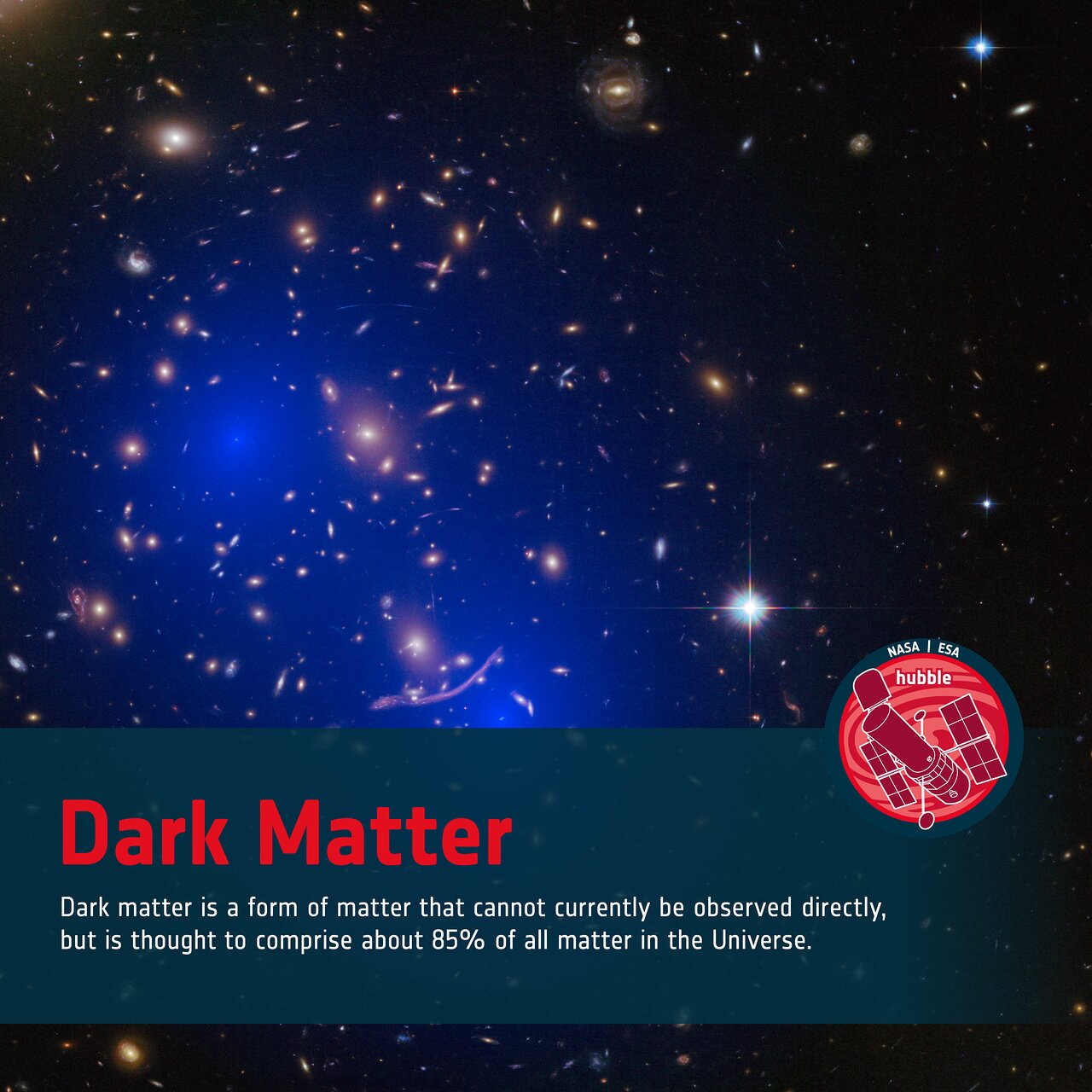Scientific Highlight - June
Secrets of Dark Matter

Dark matter is a mysterious invisible substance that makes up a significant portion of the universe. A recent study published in Phys. Rev. D by Emil B. Holm et al. from Aarhus University challenges previous assumptions about dark matter decay and highlights the importance of using different analysis methods.
Unlike ordinary matter (made of atoms), dark matter doesn't interact with light or other electromagnetic radiation, making it difficult to detect. The exact composition of dark matter remains a mystery as it has not been directly detected or identified. However, scientists can observe its gravitational effects on other matter. Researchers have been studying whether dark matter particles can decay over time, which would affect the overall amount of dark matter in the universe and refine our understanding of its evolution.
Previous studies using a method called Bayesian parameter inference from Markov-chain Monte Carlo (MCMC), have suggested that dark matter either persists for an incredibly long time or decays rapidly. However, this new paper argues that this might not be necessarily true.
To investigate the rate of decay of dark matter, the authors of the study employed a different approach called profile likelihoods. Profile likelihoods focus on estimating specific parameters of interest by "profiling out" the remaining parameters. This means that other parameters are marginalized by finding their maximum likelihood estimates for each fixed value of the parameter of interest. By using profile likelihoods, researchers can eliminate biases caused by parameter correlations and the volume of the parameter space, providing a more accurate estimation and understanding of the parameter of interest.
This study challenges previous assumptions about dark matter decay and emphasizes the importance of employing different analysis methods. By using profile likelihoods, the researchers found support for the decaying dark matter model, offering new insights into the nature of dark matter.
Read the paper here:
